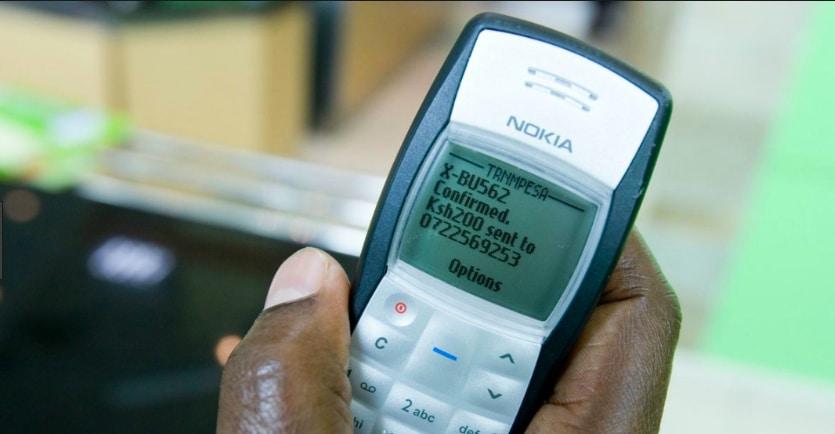Access to credit can be life-changing, yet millions of people worldwide remain excluded from traditional financial systems. The unbanked, those without access to basic banking services, face unique challenges in building financial stability. Without bank accounts or credit histories, they struggle to qualify for loans or secure fair financial services. However, technology, innovation, and inclusive financial policies are creating new pathways for these individuals to access credit. Addressing barriers like documentation requirements, lack of trust, and high costs can pave the way for a more inclusive financial system that empowers everyone, regardless of their starting point.
The Challenge of Credit for the Unbanked
Traditional credit systems rely heavily on bank accounts, credit histories, and formal employment records, which many unbanked individuals simply don’t have. For instance, rural farmers or informal workers often rely on cash transactions, leaving no paper trail to prove their financial reliability. This creates a cycle where those who need credit the most are excluded from accessing it. Lenders view the unbanked as risky clients, which often leads to higher interest rates or outright denial of services. Addressing this gap requires rethinking how creditworthiness is assessed and shifting away from one-size-fits-all models toward more flexible and inclusive approaches.
Leveraging Technology to Bridge the Gap
Technology is playing a key role in breaking down barriers to credit. Mobile phones and digital wallets have enabled people to make payments, save money, and establish informal financial records, even without traditional banking access. For example, mobile money platforms allow individuals to send and receive funds, creating transaction histories that lenders can use to evaluate creditworthiness. Fintech startups are also using artificial intelligence to analyze alternative data like utility payments, rental records, or even social media activity to predict loan repayment behavior. These tools provide lenders with a more complete picture of a borrower’s financial habits, which reduces risks and expands access.
Open Banking as a Game Changer
One of the most significant tools in expanding credit access is open banking. To explain what is open banking, it’s a system where banks securely share customer-approved financial data with third-party providers. For the unbanked, open banking can integrate alternative data sources, such as mobile money transactions or e-commerce activity, into a comprehensive financial profile. This enables lenders to assess creditworthiness more fairly, allowing them to offer loans to individuals who were previously excluded. Open banking fosters collaboration between banks and fintech companies. It creates a bridge for the unbanked to access credit products that align with their unique needs and circumstances.
Building Trust and Awareness
Many unbanked individuals are hesitant to engage with financial institutions due to mistrust or lack of understanding about how the system works. Addressing this requires education and outreach efforts to build confidence in financial products. Community workshops, simple mobile interfaces, and transparent loan terms can help demystify the credit process. Furthermore, lenders must ensure their practices are fair, with reasonable interest rates and clear repayment terms to avoid exploitative debt traps. Focusing on trust and transparency, financial institutions can encourage more people to participate in formal credit systems, and as a result, unlock opportunities for growth and security.
Creating a More Inclusive Future
Breaking down barriers to credit for the unbanked is not just a financial goal. It’s a step toward social and economic equity. The right mix of technology, collaboration, and trust-building can create systems that serve everyone, regardless of their background or financial history. Initiatives like open banking and alternative data assessments are making it possible to rethink traditional credit models and offer the unbanked a fair chance to build their futures. Addressing these challenges head-on can ensure that credit is not a privilege for the few but a resource for all.



